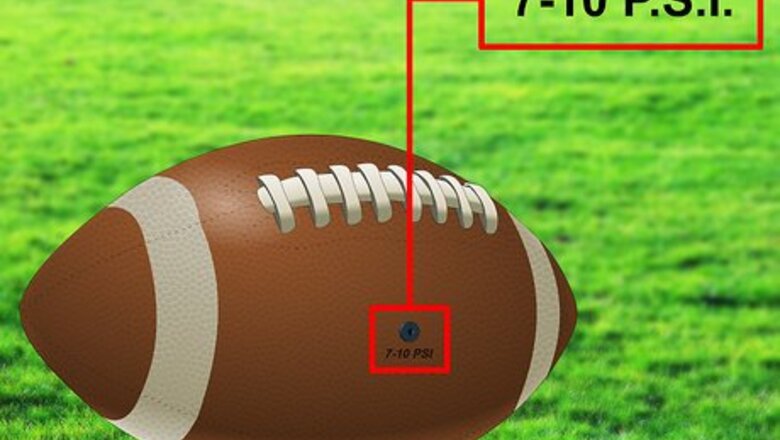
views
Inflating the Football
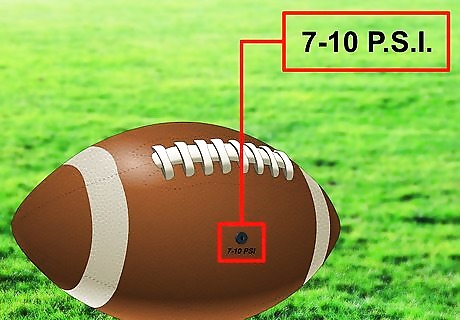
Find the BAR or P.S.I. A football will tell you how much pressure to use when inflating it in one of two units of measurement: BAR or P.S.I. This number is often printed around the valve or will be included in the football’s instruction manual. If your football is worn and the number is not visible, you can use the size of the football to estimate the BAR or P.S.I.: Size 5: 0.8 - 1.0 BAR (11.6 - 14.5 P.S.I.) Size 4: 0.7 - 0.8 BAR (10.1 - 11.6 P.S.I.) Size 3: 0.5 - 0.7 BAR (7.2 - 10.1 P.S.I.) 1 BAR = 14.5 P.S.I.
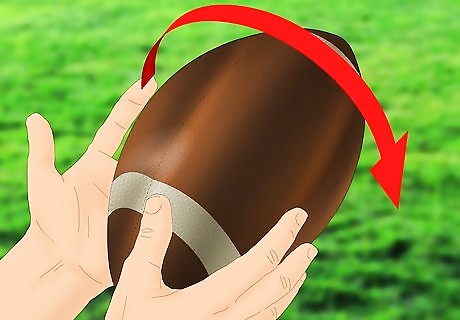
Roll the ball or manipulate the ball to remove the biggest folds. This is necessary to do if the ball is completely flat or very deflated. Roll the ball around with your hands so it is less wrinkled and less folded.
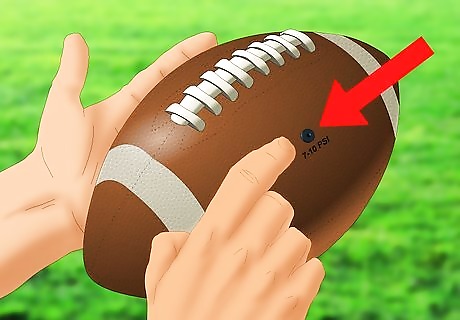
Tap the ball to move the bladder (an inner tube) away from the valve. The bladder is an inner tube that you do not want to puncture when inserting the long needle into the valve (the black circle with a hole in the center). If you hold the football up, shake it around, and tap it, you will be able to move the bladder away from the valve.
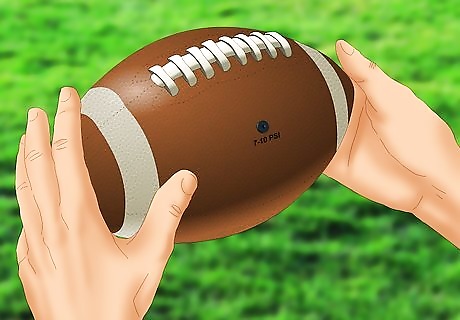
Turn the football so that the valve is facing you. By doing so, the bladder will hang directly underneath the valve, reducing the risk of damage.
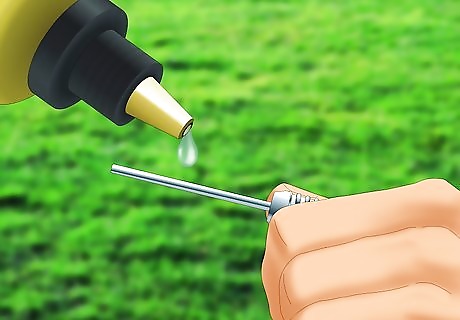
Moisten the long needle with lubricant. Place 1-2 drops of lubricant directly on the needle, and spread it with your finger so the entire needle is lubricated. You can use specially designed valve products, normally either silicone or glycerin sprays. If you do not have valve lubricant, dip the needle in water.
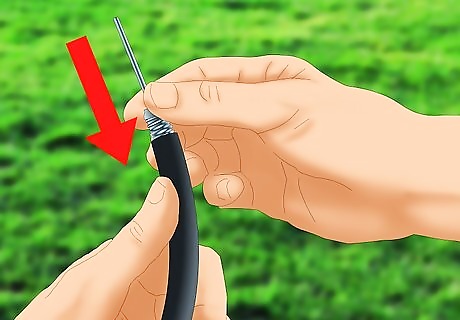
Push the long needle into the pump. There will be an attachment on your air pump’s hose where the needle attaches. Insert the needle into this area of the pump. Where the needle attaches may vary according to the make and model of your pump.
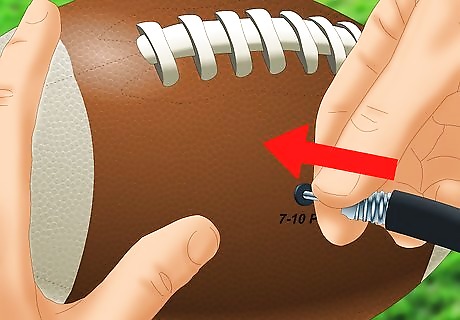
Insert the needle completely into the valve. It should slide in with little resistance, but you may have to exert some force to get it in. Once the needle is entirely in the valve, you can turn the air pump on to begin inflating the football.
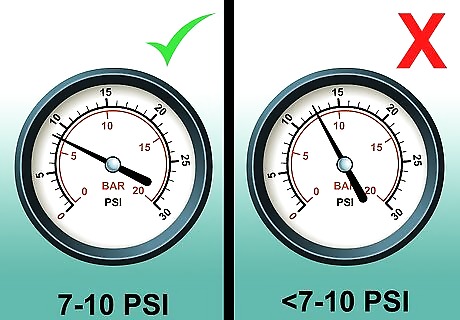
Inflate the ball to the manufacturer's recommended pressure. Use the air pump until the gauge on the pump shows the necessary BAR or P.S.I. For example, if your football should be at 0.5 - 0.7 BAR (7.2 - 10.1 P.S.I.), keep the pump on until the gauge is between those numbers. The gauge will have a needle that shows what BAR or P.S.I. it is currently at. Do not over-inflate the ball by going over the recommended BAR or P.S.I.
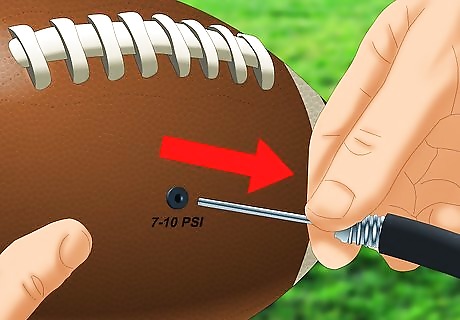
Quickly remove the needle. Once the desired pressure has been reached, you can turn off the air pump and remove the needle. Pulling the needle out quickly will prevent any air from escaping.
Keeping Your Football in Good Condition
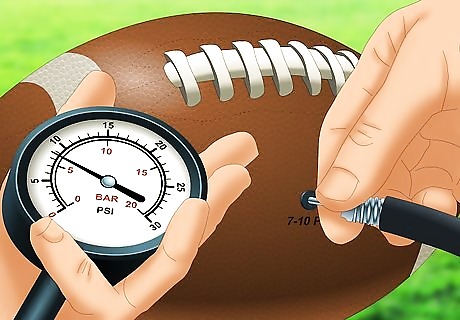
Re-inflate the football before each use. Each time you use your football, check the BAR or P.S.I. Keeping the football at its optimal pressure is essential to keep your football in peak condition.
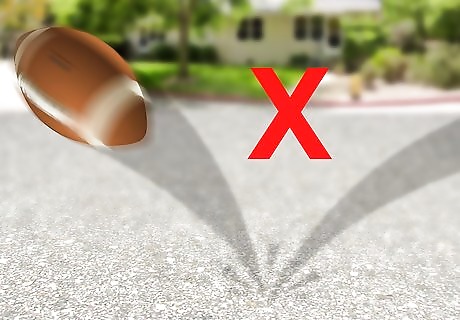
Treat the football gently when using. Throwing the football at a wall or asphalt will damage it, and a broken football is difficult to restore. Kick, throw, and catch the football, but never throw it at hard surfaces such as concrete or asphalt.
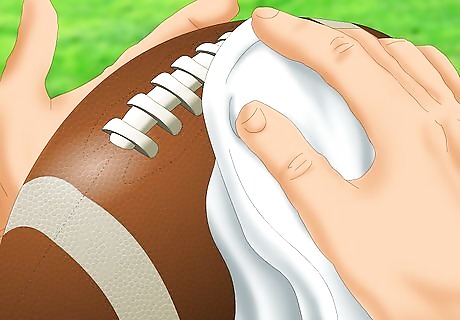
Clean the football after each use. Use a wet cloth or towel to remove mud or dirt from the football. Avoid using abrasive cleaners, as this can damage the stitching and outer layer of the ball.
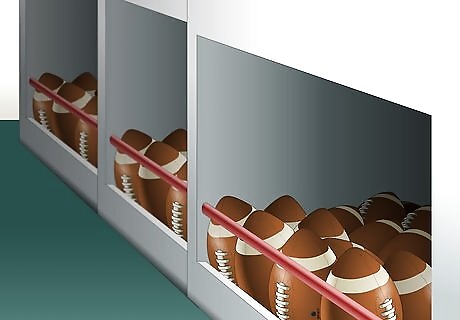
Store the football in a cool, dry place. Moisture on the football and excessive exposure to heat will lead to cracking and shrinkage on the surface of the ball. Between uses, store the football somewhere cool and dry.


















Comments
0 comment